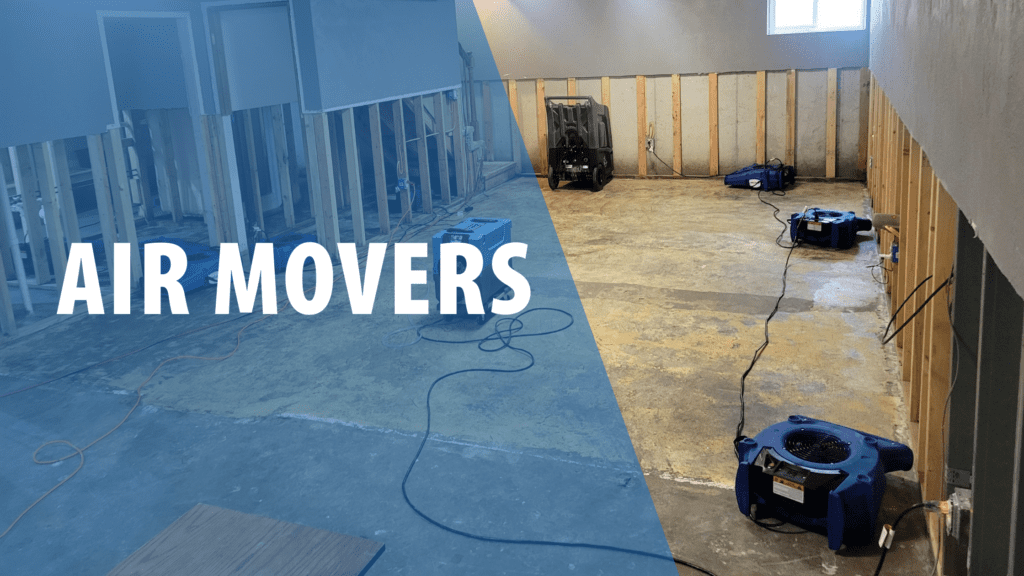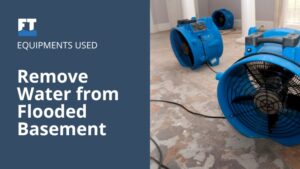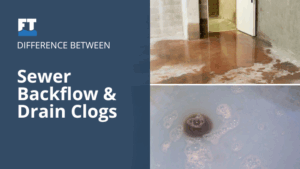When a water remediation specialist comes out to your house there are two main types of fan they will be using to dry your home. Fans should be placed based on the air movement potential as stated by the manufacturer. Your water removal specialist should also be following the guidelines determined by the IICRC. The IICRC stands for the Institute of Inspection Cleaning and Restoration Certification and it is regulatory board that makes sure your water remediation specialist meets certain standards. You should always use a company that follows what the IICRC says.
There are two main kinds of air movers that your specialist will be using. There is the laminar and the axial fan. Axial fans are great for certain applications, but the standard air mover is what you will see most of the time.
The first is your standard air mover called a laminar. It draws air from the side and directs it at high speeds along the ground. The reason it is so useful is because they can be chained to point towards each other and direct air in a circular fashion. These fans will generally be placed every ten to fifteen feet and create a circular flow of air. This is great for removing moisture from a room. The nose of the fan can also be put below your carpet and pad to remove excess moisture. This could mean the difference between having to replace your carpet and pad or not.
This fan is called an axial fan. Axial fans are great for moving air in a linear direction. If you have a long run of walls, or need more air movers close together then this is the fan you’ll need. It will take the air running along the wall and keep it moving. Consistent air movement is key to drying your walls and floors.
Depending on the situation the angle will change but air movers generally need an angle set to work properly. This angle can change from as low as 15 degrees to as high as 45 degrees. The angle is set by placing the fan flush with the wall and then turning it slightly towards it. The steeper the angle, the more air movement will be directed at the wall than the floor. If your professional is trying to keep from needing to remove drywall, then a more severe angle will be called for.









